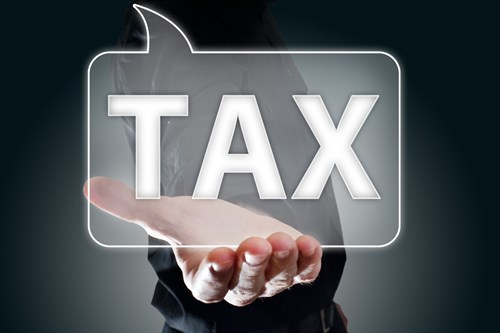
What is Form 16?
Form 16 is one of the most important documents you need in order to file your tax returns. Under Section 203 of the Income Tax Act, your employer is required to issue Form 16 to you, which is a certificate for tax deducted at source (TDS) from income under “salary”. Form 16 is the employer’s acknowledgment of tax deduction from your income and a deposit of the corresponding sum to the government (the I-T department). It is issued annually after the end of the financial year that is to be reviewed, and contains the details of the amount paid to you every quarter and the TDS on the same. It is compulsory for your employer to issue Form 16 on or before June 15 of the following financial year, after the end of the financial year for which tax was deducted. For example, the last date for issue of Form 16 for FY 2018-19 was June 19, 2019. After that, employers must pay a fine of Rs 100 per day till they issue the form. Form 16 has two components -- Part A and Part B.
Part A of Form 16
Your employer can generate and download Part A of Form 16 from the TRACES portal (https://www.tdscpc.gov.in/app/login.xhtml). It contains the details of the quarter-wise breakdown of the salary credited to you and the tax deducted at source. Your employer is required to authenticate the contents of the form and then issue it to you. If you have not been employed at the same place throughout one financial year, you have to collect a separate Part A of Form 16 from each one of your employers. The contents of Part A are as follows:
- Name and address of employer
- Permanent account number (PAN) of employer
- Tax Deduction and Collection Account Number (TAN) of employer
- Details of the employee such as name and address
- Permanent account number (PAN) of the employee
- Period served with the employer (from date - to date) during the financial year
- Quarter wise details of salary credited, amount of tax deducted at source and deposited with the government
Part B of Form 16
Part B of the form functions as an annexure to Part A, breaking down and delineating in detail everything mentioned in brief in Part A. It provides a detailed breakup of your salary, of the deductions and exemptions you are eligible for (if any), and your total tax liability based on this information and current tax slabs. If you switch jobs in one financial year, unlike Part A, you can choose to acquire Part B of the form from both (or every) employers or just the last employer. These are the contents of Part B of the form:
- Gross Salary
- Exemptions and Allowances Considered (HRA etc)
- Deduction - Entertainment Allowance and Tax on Employment
- Income chargeable under the head “Salary”
- Any other income reported by the employee
- Gross Total Income
- Deductions under Chapter VI-A (80C, 80D, 80E etc)
- Total Income
- Tax on Total Income
- Education Cess
- Tax Payable
- Relief under section 89, if any
- Tax Payable
- Verification of the above mentioned details by the employer
Under Chapter VI-A, specific fields are designated for the following deductions:
- Life insurance premium paid, contribution to PPF etc., under section 80C
- Contribution to pension funds under section 80CCC
- Employee’s contribution to pension scheme under section 80CCD(1)
- Taxpayer’s self contribution to a notified pension scheme under section 80CCD(1B)
- Employer’s contribution to the pension scheme under section 80CCD(2)
- Health insurance premium paid under section 80D
- Interest paid on loan taken for higher education under section 80E
- Donations made under section 80G
- Interest income on savings account under section 80TTA
Conclusion
Having a portion of your income deducted as TDS every month may be unavoidable, but there are several measures you can take to reduce your total tax liability by investing in the right instruments. One of the best ways to save tax is to invest in life insurance and health insurance policies, because the premiums you pay on these policies are tax deductible under Chapter VI-A of the Income Tax Act. With Future Generali’s portfolio of products in health insurance and life insurance, like Future Generali Heart and Health insurance and Flexi Online Term Insurance Plan , not only can you ensure a secure future for yourself and your family, but also end up saving a significant amount of tax.


Comments